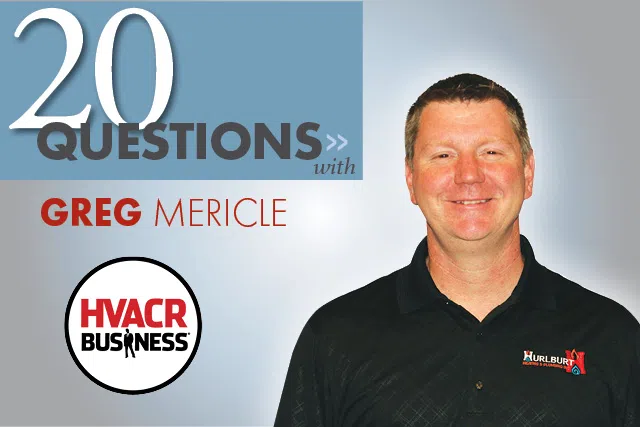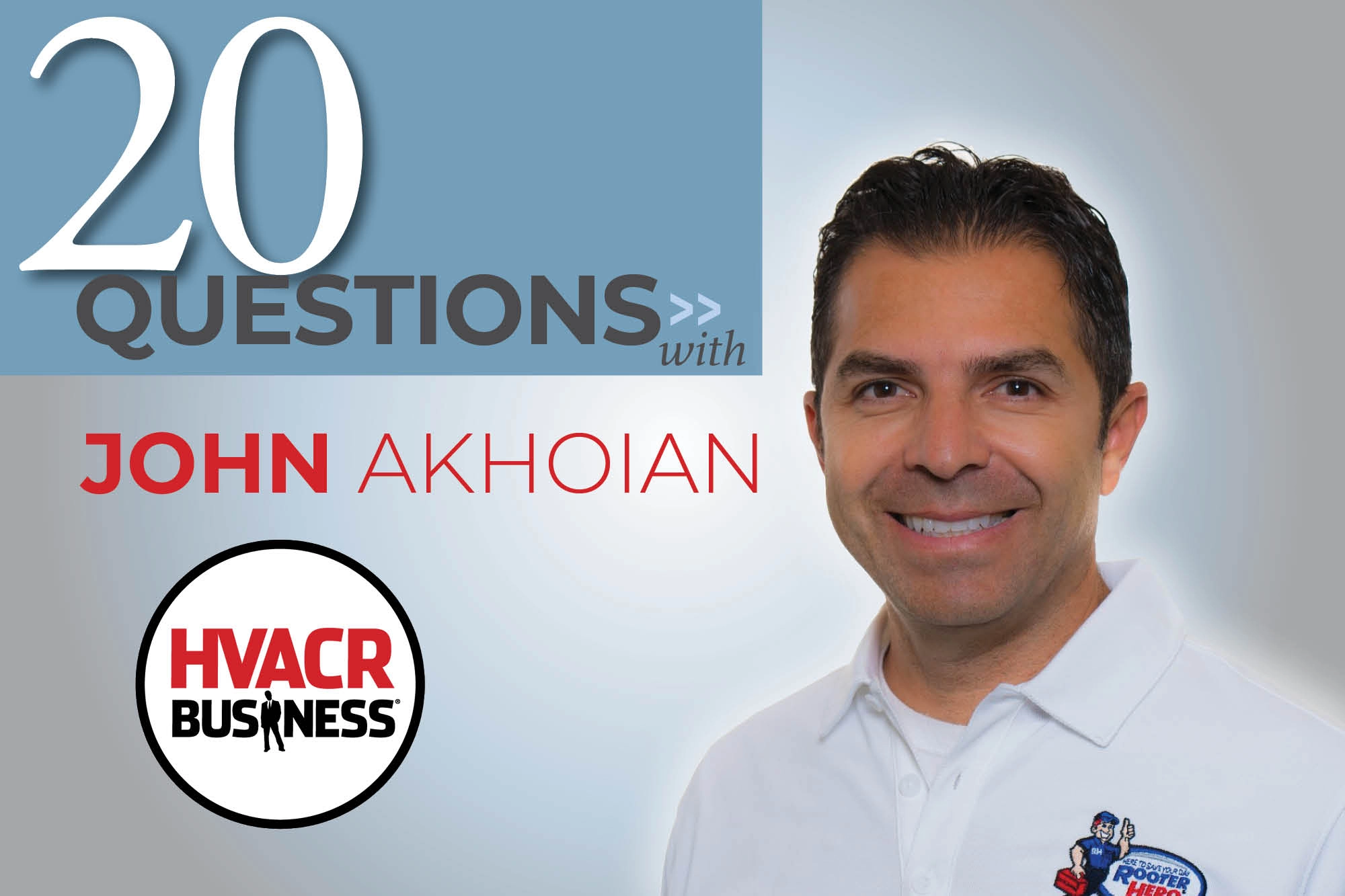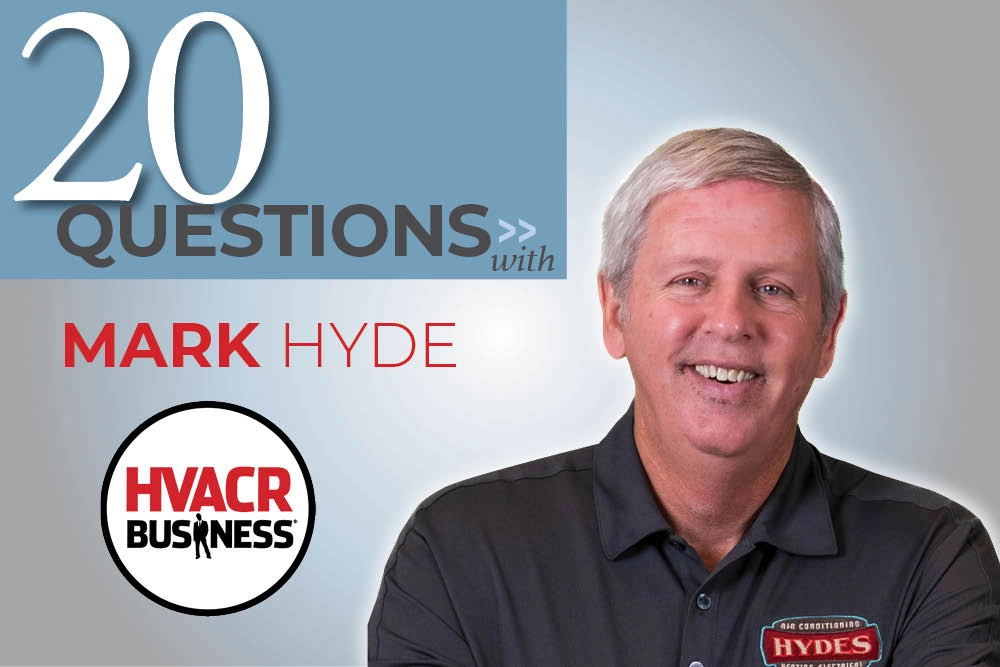Terry Tanker met with Greg Mericle, president of Hurlburt Heating & Plumbing in Durand, Wisc., a 2017 Tops in Trucks Fleet Design Contest winner. The two discussed branding, buying an HVACR contracting firm, flat rate pricing and more.
1. Congratulations on being a 2017 Tops in Trucks winner — how did you come up with the design?
We originally hired a design firm. They presented several concepts, but we didn’t like any of them. Then we enlisted the graphics team at Service Nation Alliance. After a few weeks of collaboration, we decided on the design that won your contest.
2. How many vehicles are in your fleet?
We have 18 vehicles. We’ve moved to the new euro style vans by Ram, which have more space, not only for tools and equipment, but also for our marketing.
3. What was the design process like?
We started with some absolutely horrendous concepts, but we stuck with it until the design was everything we wanted. Our customers and employees — and people who don’t even know us — love it! The old adage, ‘the tougher the road the sweeter the victory,’ is true.
4. Is this design part of a larger company branding initiative?
Yes, it’s actually the first stage of a larger re-branding effort. The mobility of the vans give us the ability to quickly get in front of the public, whether they’re customers or prospects.
5. What was the unusual path you took to becoming an owner of an HVACR firm?
I came from the auto repair industry where I was a technician. I loved the business, but insurance companies run the industry, which is frustrating. So, I was looking for an industry and a business similar, with regard to the skilled labor because I believe I speak that language well. When I looked at the HVACR industry, I knew I wanted to be part of it.
6. What did your wife think when you told her you wanted to buy an HVACR/plumbing business?
She looked at me like I was an alien (laughs). But she’s an accountant, so who better to help with the business evaluations?
7. What type of firms were you two looking for?
We knew what kind of lifestyle we had and didn’t want to go backwards, so it was a numbers game. The revenue and cash flow had to be good. I wanted a residential firm, since I was used to dealing with consumers. We ended up with a firm that was 70 percent commercial and 30 percent residential.
8. When you decided Hurlburt was the right company, what challenges were you expecting?
When we closed the deal in December 2014, there were 17 employees — five of whom were former owners of the company. Also, every employee except one had one or more family member working here.
9. What type of commercial work do you specialize in?
We specialize in design/build work. Whether it’s an office building, warehouse or restaurant, we do all of the design work for the HVACR and plumbing systems.
10. How has your business mix changed?
We’re now 50 percent commercial and 50 percent residential, which has really helped our growth. When we bought the company, it was just over $3.8 million; we’re on target to do about $6.5 million this year. We’ve also grown from 17 to 30 employees.
11. What were the most significant changes you made?
It was a time and material company when we bought it, and we changed to a flat rate system. It helped our financial picture significantly. Flat rate was a foreign concept, both to our employees and customers. The first thing we had to do was change our culture and way of thinking.
12. How did flat rate impact your bottom line?
We were under-charging so badly, we didn’t realize how much money we were actually losing on service. From a replacement viewpoint, we couldn’t make good recommendations and give our customers options since we didn’t know what the repair was going to cost until two weeks after we’d performed the work.
13. When did you decide flat rate was the answer?
It was actually before we bought the company. I’d read a lot about it and decided it was the right business strategy. So, when I was looking for an acquisition target, I was shopping exclusively for a time and material company that I could switch to flat rate. I knew it would benefit us almost instantly.
14. How did you change the culture and mind set?
It was difficult. We literally shut the shop down on a Monday morning and took the staff off site. We had a large presentation with samples and analogies in other industries. One of the former owners was an advocate and he really helped convince everyone this was the only move to make if we wanted to grow and get everyone a larger paycheck.
15. What type of training do you offer your staff?
We’re members of the Service Nation Alliance. It’s been a great experience for everyone and we’ve learned a lot as an organization. Our technicians have really responded to Joe Cunningham. He has a great, down-to-earth style and they connect with him. We also take advantage of all the training offered by manufacturers.
16. Do you have a pet project you’re focusing on this year?
Yes, I’m trying to do a better job with our inventory management. When we bought the business, inventory was three times the industry average. We’ve made some improvements but we can do a much better job.
17. What types of inventory management system are you using?
Currently our stock items/inventory is tracked in Quickbooks. Our stock shelves are all bar coded for easy ordering and inventory. Our vendors’ part numbers are all cross-referenced to our part numbers so when we scan a barcode on our shelve, an order is placed for the correct item.
18. How do you like to manage?
I’m hands on and like to be in the middle of things — literally. Soon after I started, I set up my office in the middle of our bullpen so I could immerse myself in the operation. I noticed immediately the phones didn’t ring like I thought they should, and knew we’d need to do more marketing to change that.
19. Other than fleet design, what other marketing did you need to invest in?
Literally everything. Marketing wasn’t a priority before we bought the company — there wasn’t even a website. I never looked at these things as negatives, though. Instead, I viewed them as opportunities. The company was doing okay before I arrived, and I knew it could be great if we addressed some of the untapped potential.
20. What else did you learn?
We needed to transform our culture to become an excellent service company. The phone rang one afternoon. It was a prospective client requesting service, he was placed on hold and one of our folks looked at me and said, ‘We’ve never done work for this person before, should we go?’ Yes we should go; it’s a new customer! (laughs)






